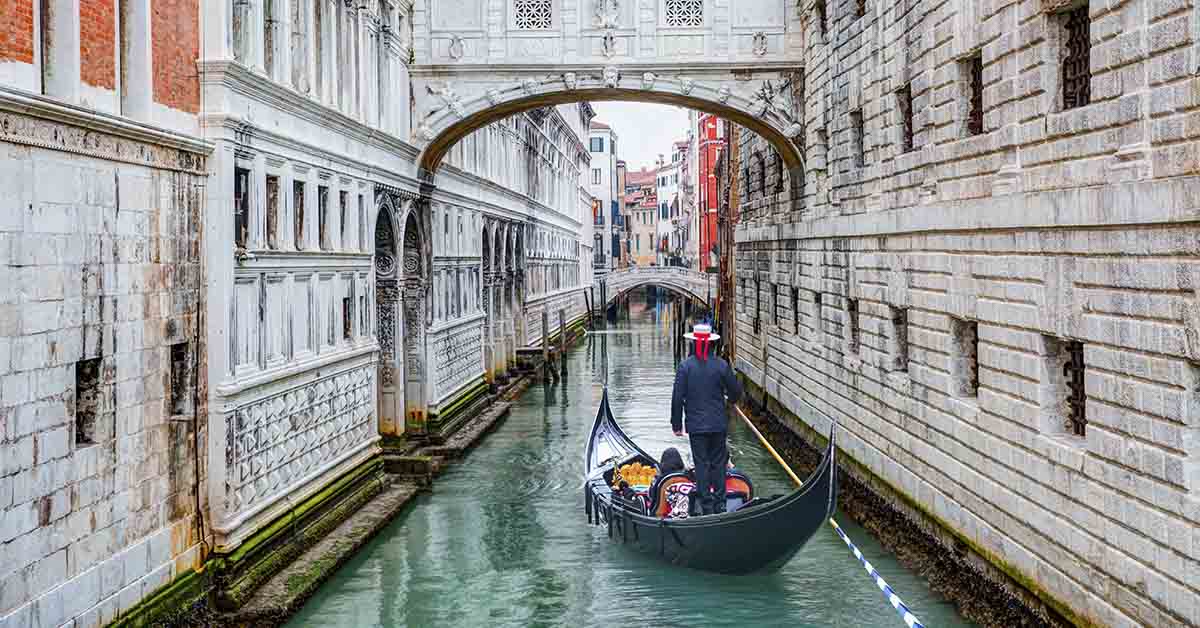Overtourism is a growing global issue, with many popular tourist destinations overwhelmed by the number of visitors they receive each year. This phenomenon places an enormous strain on local resources, infrastructure, and the environment, ultimately leading to a backlash from both governments and residents. Some countries have decided to either limit or completely stop tourism to protect their cultural and natural heritage. Below, we’ll explore ten places seriously grappling with overtourism, why they’re leaning toward curbing it, and what this means for travelers worldwide.
If you’re wondering what overtourism really means, let’s break it down. Overtourism occurs when the number of tourists in a destination exceeds its ability to sustainably support them. It leads to overcrowded streets, damage to ecosystems, rising living costs, and unhappy locals. For context, Venice receives over 30 million tourists annually, yet its resident population has dwindled to just over 50,000. The sheer volume of visitors can destroy the cultural and natural charm of a destination, leaving local governments scrambling for solutions.
1. Iceland Protecting Nature’s Fragility
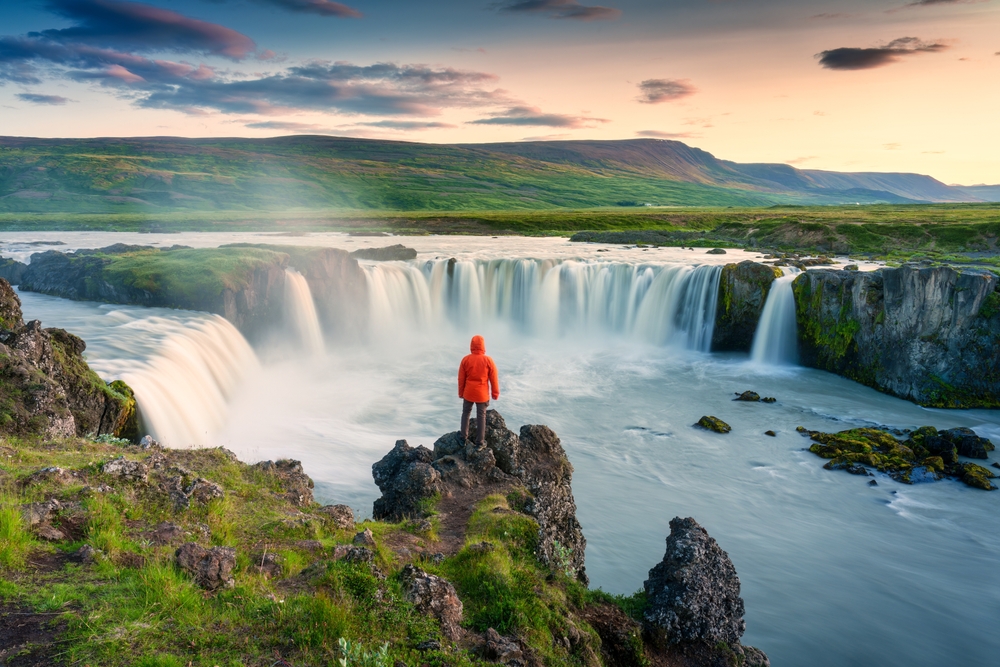
Iceland has seen a surge in visitors, with numbers jumping from under 500,000 in 2010 to over 2.3 million annually by 2018. While Iceland’s natural beauty is its main draw, overtourism has led to concerns about environmental degradation. Tourist hotspots like the Golden Circle suffer particularly from damage to delicate ecosystems. Officials have started limiting access to some areas to reduce strain. Iceland is determining how to balance welcoming visitors and protecting its pristine environment for future generations.
2. Venice Battling Overcrowding
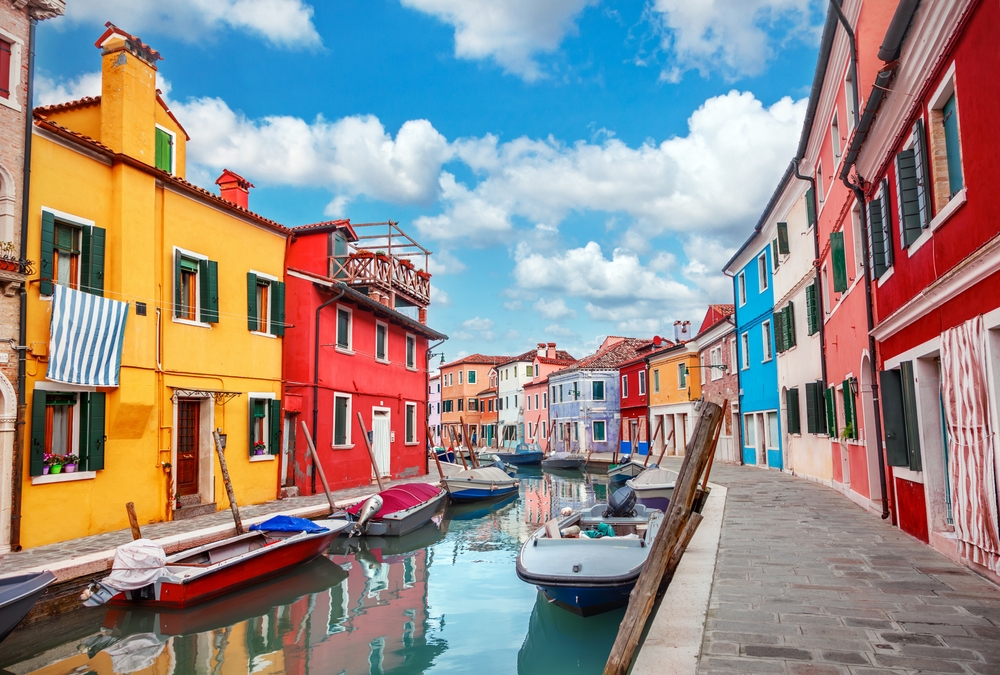
Venice welcomes around 20 million tourists yearly but has a permanent population of fewer than 50,000. This imbalance highlights overtourism’s toll on historic cities. Cruise ships contribute significantly to overcrowding, worsening erosion and pollution in Venice’s fragile canals. To fight back, city authorities instituted a tourist tax in 2022 and are exploring stricter measures. Without decisive actions, Venice risks losing its charm and livability.
3. New Zealand Preserving Natural Wonders
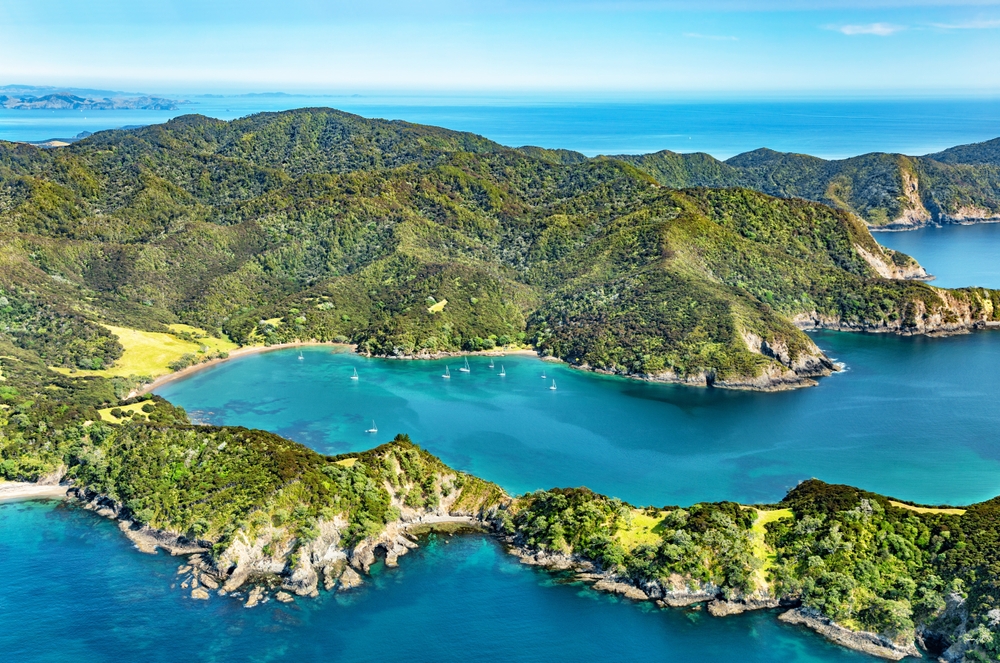
With stunning landscapes showcased in films like The Lord of the Rings, New Zealand attracts millions of tourists annually. However, overtourism threatens its biodiversity and hiking trails like Milford Track. Its “Tiaki Promise” encourages visitors to protect the country’s environment by fostering a sustainable travel ethic. New Zealand is rethinking limits to achieve harmony between welcoming tourists and preserving its unique heritage.
4. Thailand Closing Paradise Beaches
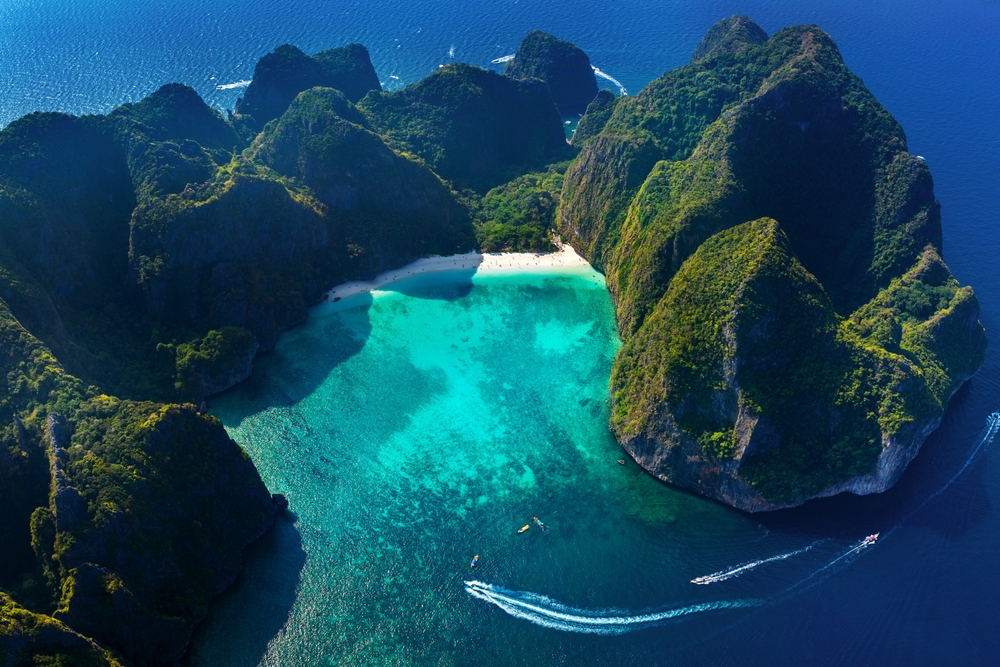
Thailand’s Maya Bay gained international fame from The Beach movie. Consequently, an influx of visitors led to coral reef destruction and pollution. By closing Maya Bay temporarily in 2018, Thailand successfully reversed some damage and has since capped daily visitors. The move showcases the country’s commitment to preventing overtourism from permanently damaging its iconic beaches.
5. Machu Picchu Regulating Crowds
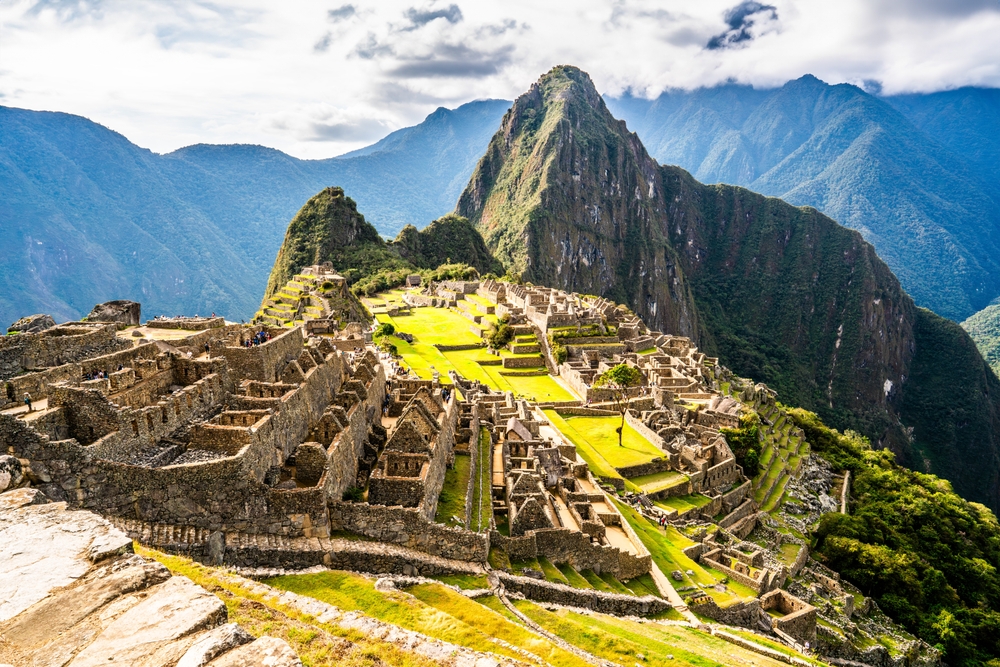
Machu Picchu’s ancient ruins attract 1.5 million visitors annually, far exceeding UNESCO’s recommended limit of 2,500 visitors daily. Overtourism has caused erosion and put pressure on Peru’s infrastructure. To combat this, Peru implemented ticketed time slots and reduced daily visitor limits. Officials are exploring stricter measures if sustainable limits fail to balance preservation with tourism.
6. Bali Fighting Environmental Degradation

Bali, Indonesia, faces the repercussions of overtourism, from traffic congestion to severe environmental damage. Over 6 million visitors annually strain infrastructure and water resources. The Indonesian government is cracking down on unsustainable tourist practices, increasing enforcement on illegal development, and encouraging eco-friendly initiatives to ensure Bali remains a paradise.
Read More: 14 Countries Changing Entry Rules for U.S. Passport Holders in 2025
7. Santorini Limiting Cruise Ship Visitors
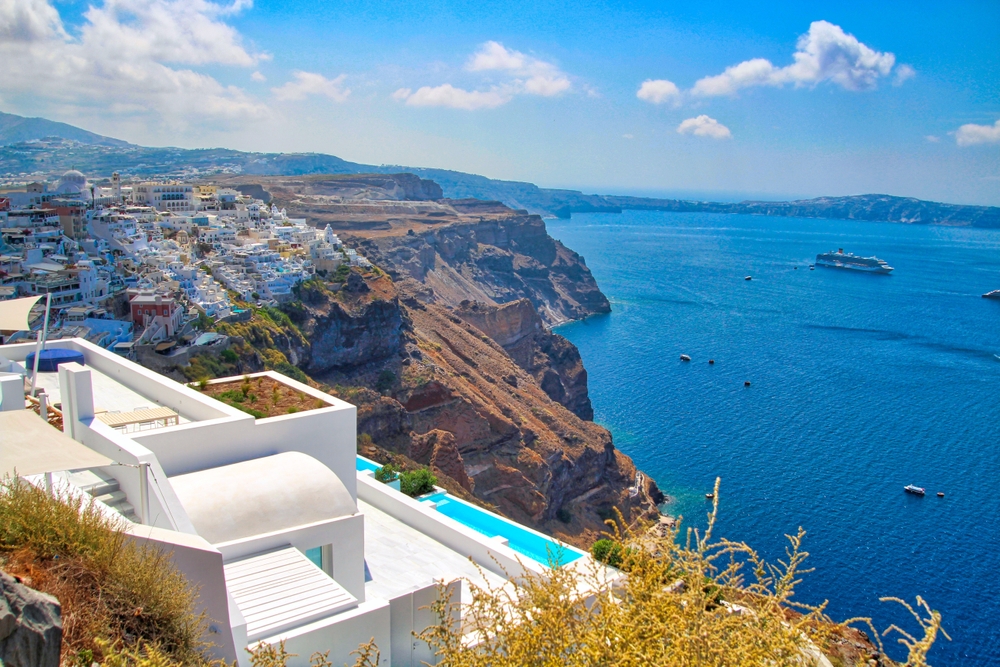
Santorini’s population of around 15,000 faces over 2 million tourists per year, with cruise ships bringing up to 18,000 visitors daily in peak season. This overwhelms the island’s small infrastructure and depletes resources. Starting in 2017, local authorities limited cruise ship arrivals, restricting the number of daily passengers. By tackling overtourism, Santorini hopes to protect its beauty and appeal.
8. The Galapagos Islands Protecting Wildlife
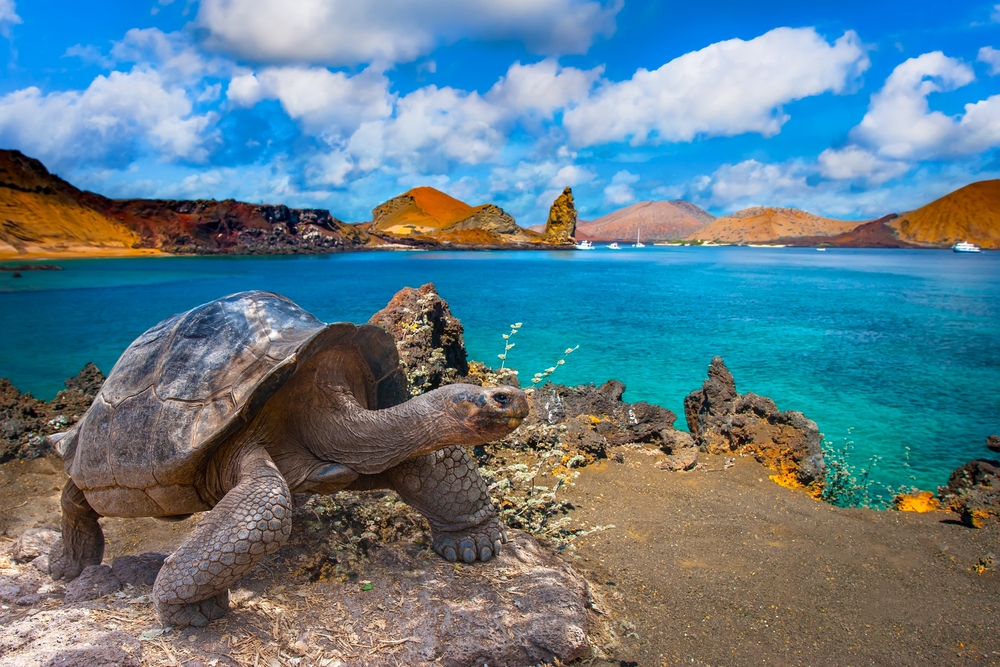
The Galapagos Islands are a UNESCO World Heritage Site known for their pristine ecosystems. However, overtourism has disrupted its isolated ecosystem, endangering biodiversity. Ecuador has imposed strict visitor quotas and requires travelers to be part of guided tours. These efforts aim to preserve this natural treasure while maintaining a controlled flow of tourism.
9. Japan and Its Sacred Sites
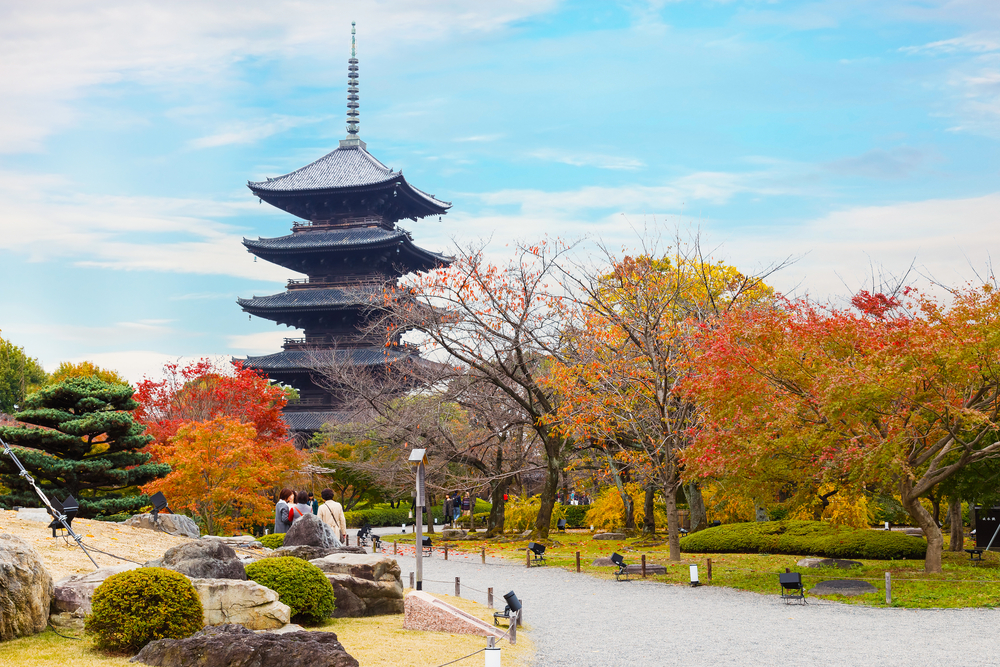
Overtourism in Japan has impacted sacred sites like Kyoto’s temples, leading to a loss of serenity. Fushimi Inari-Taisha Shrine, for example, sees overcrowding that undermines its spiritual experience. Japan is now creating policies to redirect tourists to lesser-known regions and protect top landmarks while sustaining tourism’s economic benefits.
10. Amsterdam Regulating the Urban Impact
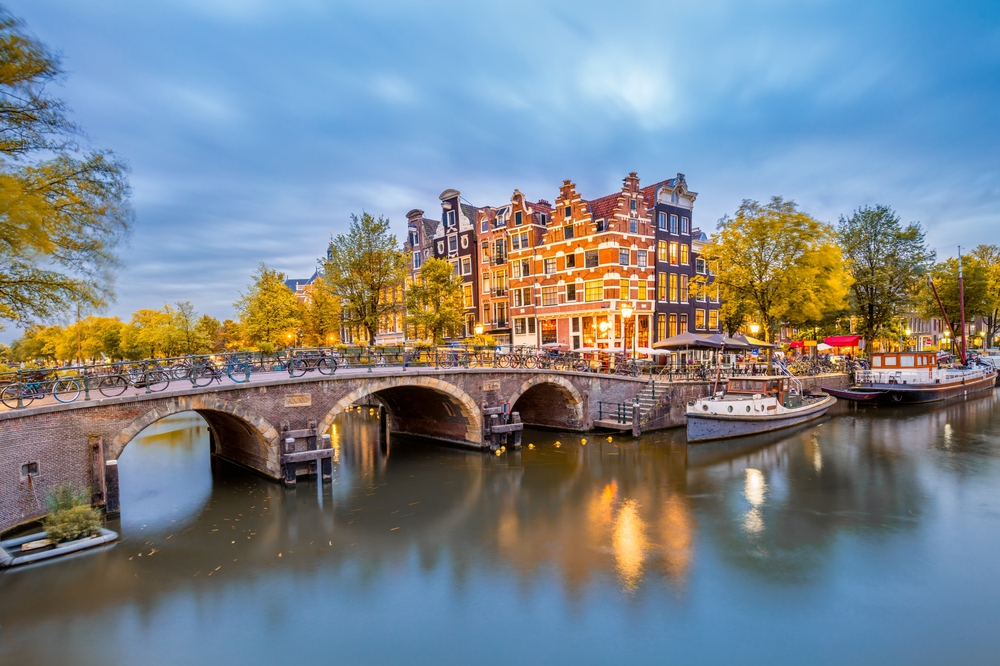
Amsterdam draws millions of tourists annually, but overtourism overwhelms public spaces and increases housing shortages for locals. The Netherlands has taken measures such as banning Airbnb in high-demand areas and monitoring visitor numbers in the Red Light District. These initiatives are designed to create a sustainable balance that prioritizes residents’ quality of life.
Protecting Destinations While Promoting Sustainable Travel
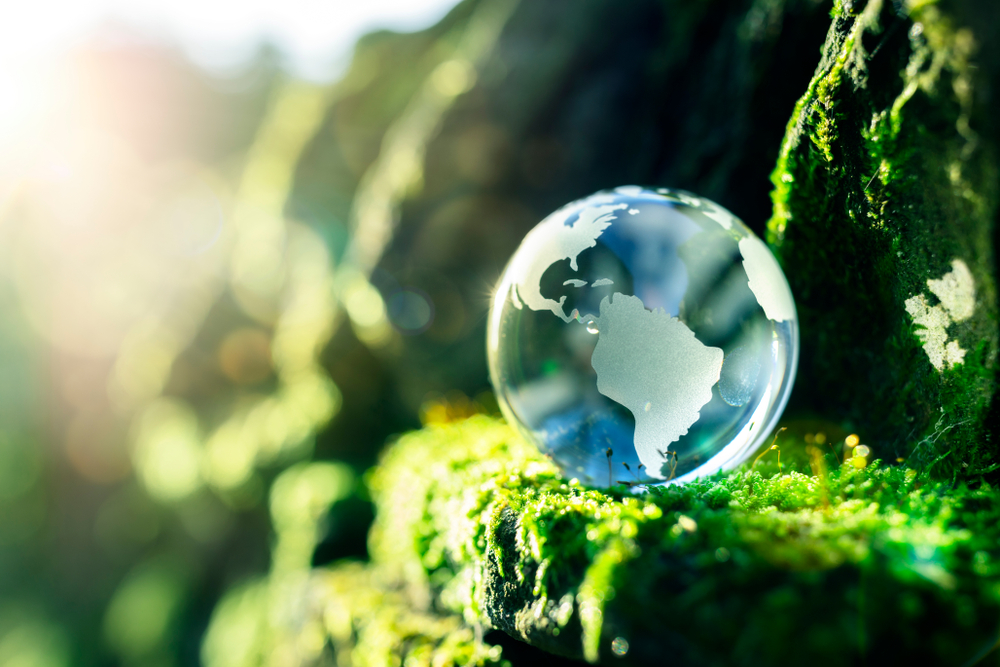
Overtourism has far-reaching consequences affecting the environment, culture, and residents’ quality of life. These countries’ actions underscore the importance of sustainable travel practices to protect beloved destinations.
When planning your next trip, consider the potential impact of your visit and support local initiatives promoting sustainability. Together, we can enjoy the world’s beauty today while preserving it for tomorrow.
Read More: U.S. Issues Travel Advisory for Three Countries Amid Safety Concerns
